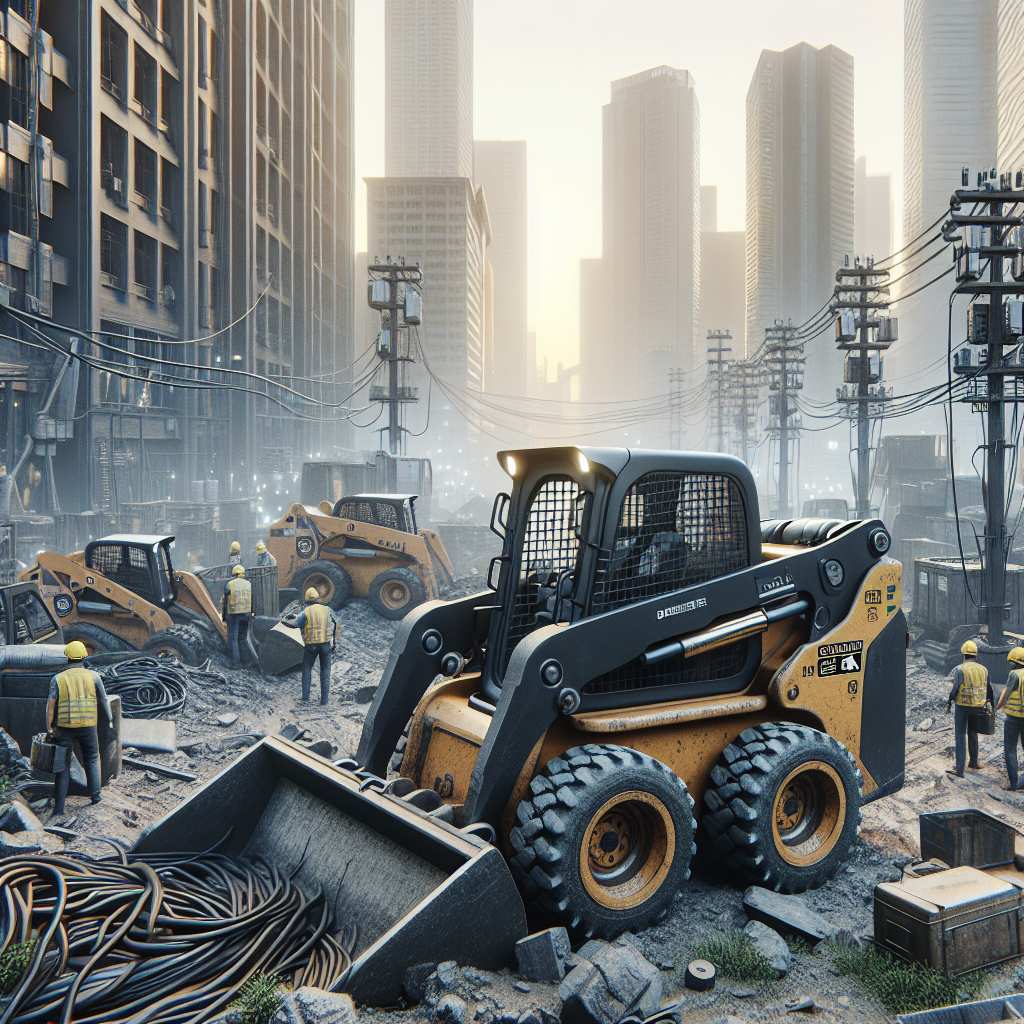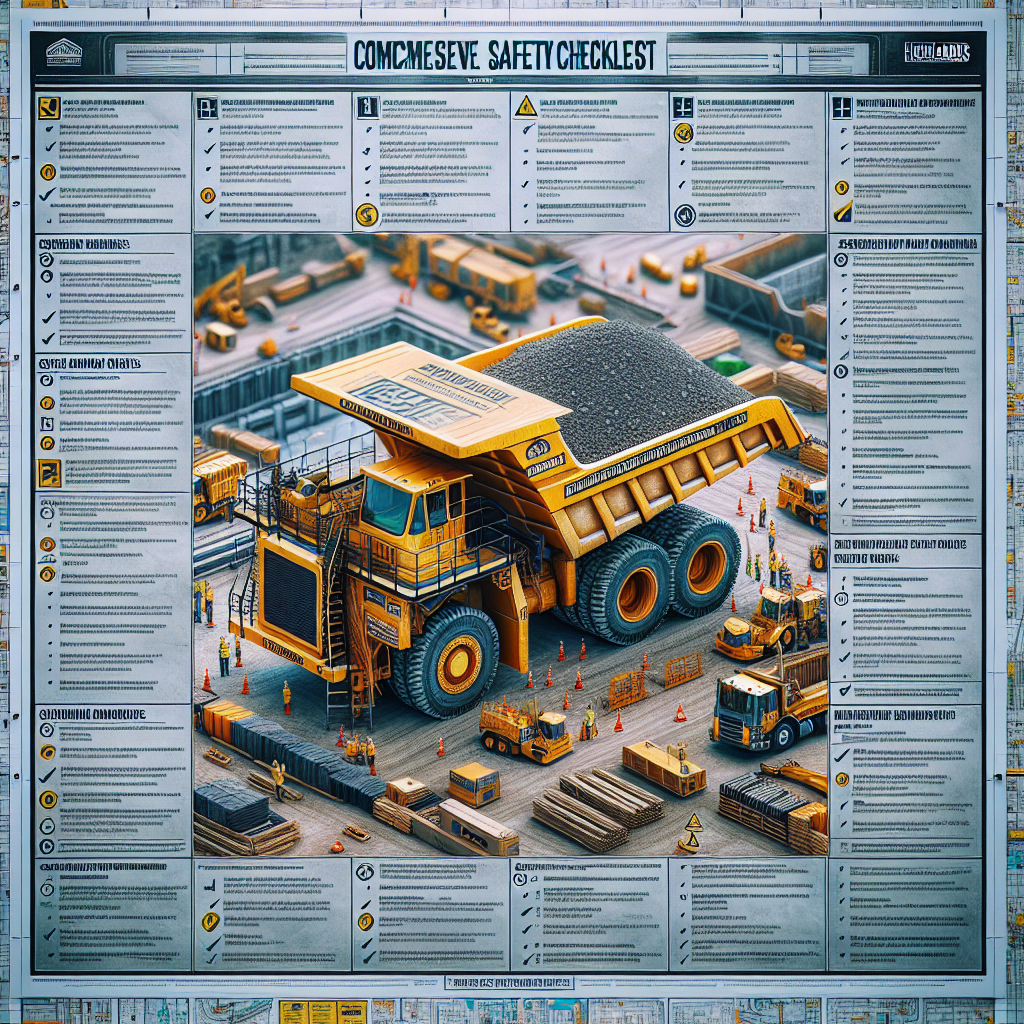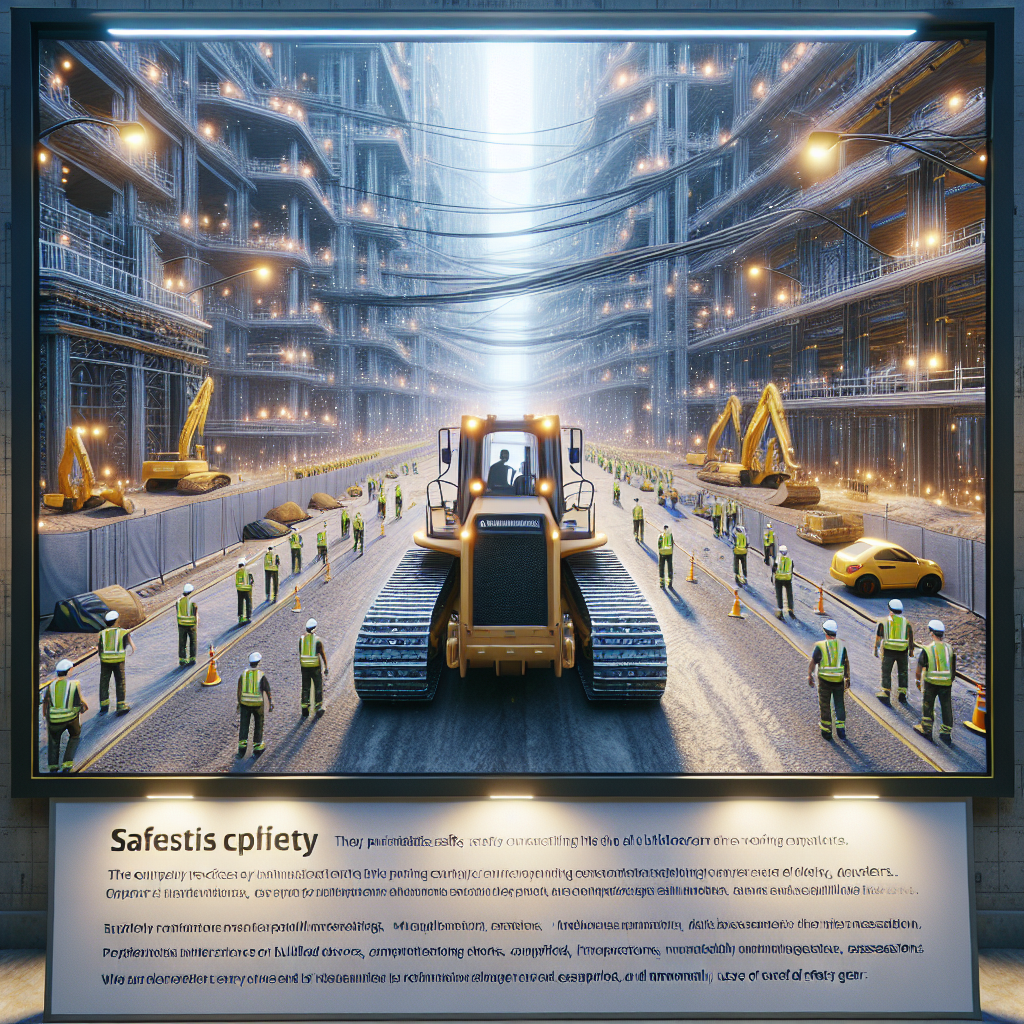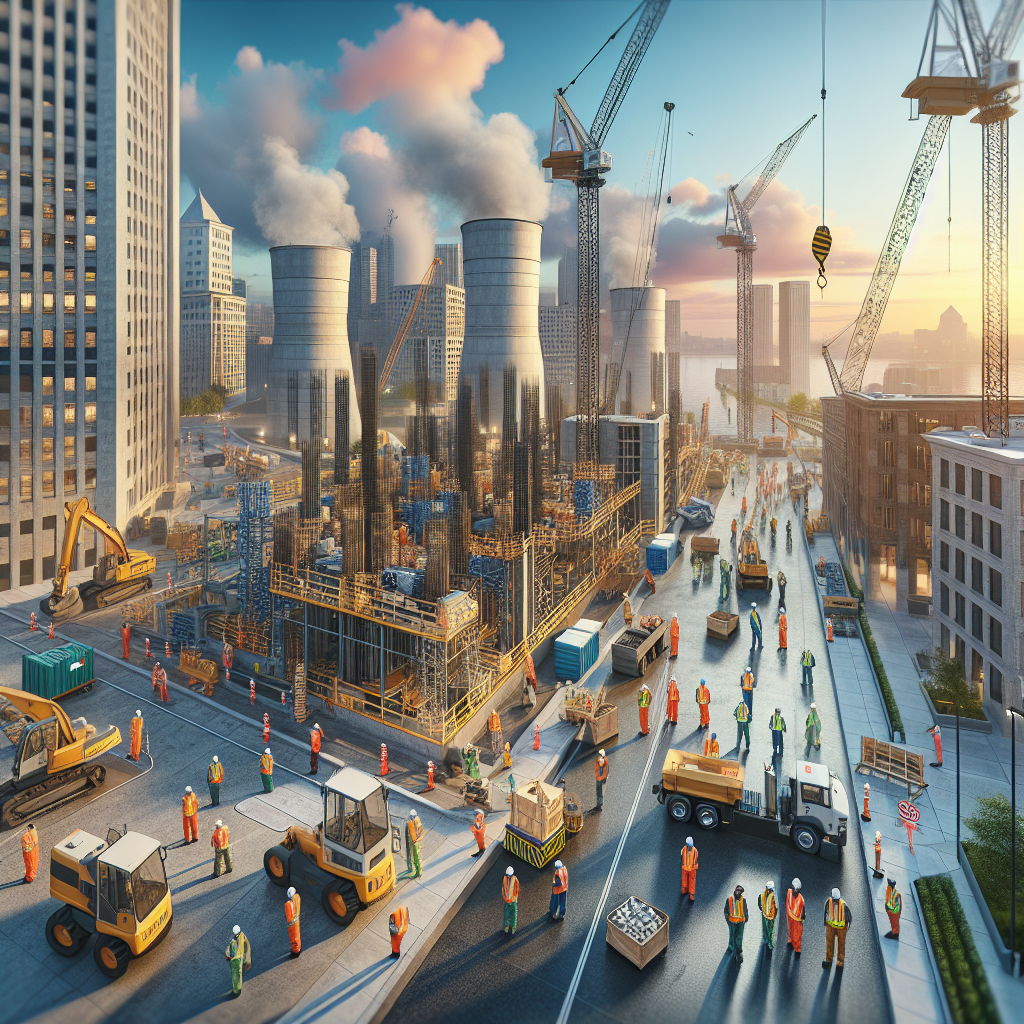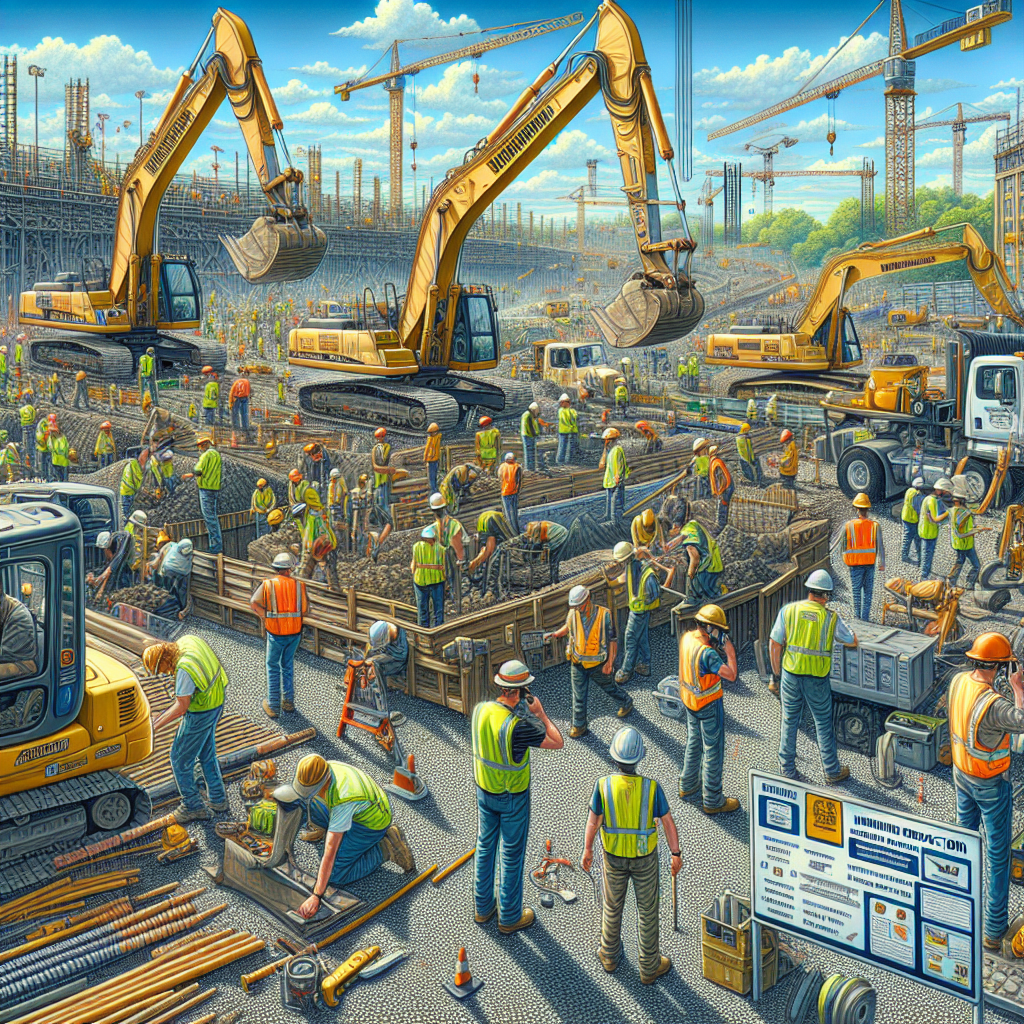
Huffman Construction Sites: Key Safety Tips for Heavy Equipment
The Importance of Safety on Construction Sites
Construction sites can be dangerous places, especially when heavy equipment is involved. In fact, according to the Occupational Safety and Health Administration (OSHA), 21% of all work-related fatalities in the private industry occur within the construction sector. This serves to highlight the importance of implementing and enforcing strict safety measures on construction sites, particularly when it comes to the operation of heavy equipment.
Understanding Heavy Equipment on Construction Sites
Heavy equipment refers to large machinery used for construction, earthmoving, and other industrial projects. This may include bulldozers, excavators, backhoes, cranes, and other hydraulic or electric-powered equipment. While these machines are essential for getting the job done efficiently, they also pose a significant risk to workers and bystanders if not operated correctly.
Evaluating Potential Hazards
SubHeading1Title: The Importance of Safety on Construction Sites SubHeading1Text: Construction sites can be dangerous places, especially when heavy equipment is involved. In fact, according to the Occupational Safety and Health Administration (OSHA), 21% of all work-related fatalities in the private industry occur within the construction sector. This serves to highlight the importance of implementing and enforcing strict safety measures on construction sites, particularly when it comes to the operation of heavy equipment. SubHeading2Title: Understanding Heavy Equipment on Construction Sites SubHeading2Text: Heavy equipment refers to large machinery used for construction, earthmoving, and other industrial projects. This may include bulldozers, excavators, backhoes, cranes, and other hydraulic or electric-powered equipment. While these machines are essential for getting the job done efficiently, they also pose a significant risk to workers and bystanders if not operated correctly. SubHeading3Title: Evaluating Potential Hazards, Before any heavy equipment is used on a construction site, it is essential to conduct a thorough risk assessment to identify potential hazards. This includes evaluating the condition of the equipment, the surrounding environment, and the operator's skills and training. Any identified hazards must be addressed and mitigated before the equipment is put into use.2
Safety Measures for Heavy Equipment Operation
Proper training and regular maintenance are crucial for ensuring the safe operation of heavy equipment on construction sites. Operators must be trained in equipment operation, safety procedures, and emergency protocols. They also need to be provided with personal protective equipment (PPE) and understand how to use it correctly. Additionally, regular maintenance and inspections are vital to ensure the equipment is in safe working condition.
Key Safety Tips for Heavy Equipment Operation
1. Proper Training: All operators on a construction site should undergo thorough training on how to operate heavy equipment safely. 2. Regular Maintenance: Equipment should be regularly inspected and maintained by qualified professionals to ensure it is in safe working condition. 3. PPE: Operators and workers must use appropriate PPE, such as hardhats, goggles, and gloves, to protect themselves from potential hazards. 4. Communication: Effective communication between workers and operators is essential to ensure everyone is aware of the equipment's movements and potential hazards. 5. Safe Distance: Bystanders should maintain a safe distance from operating heavy equipment to avoid potential accidents. In conclusion, safety is of utmost importance on construction sites, especially when it comes to the operation of heavy equipment. By implementing strict safety measures, regular training, and maintenance, we can ensure the safety of workers and bystanders, and prevent accidents and fatalities on construction sites.
%201.png)



